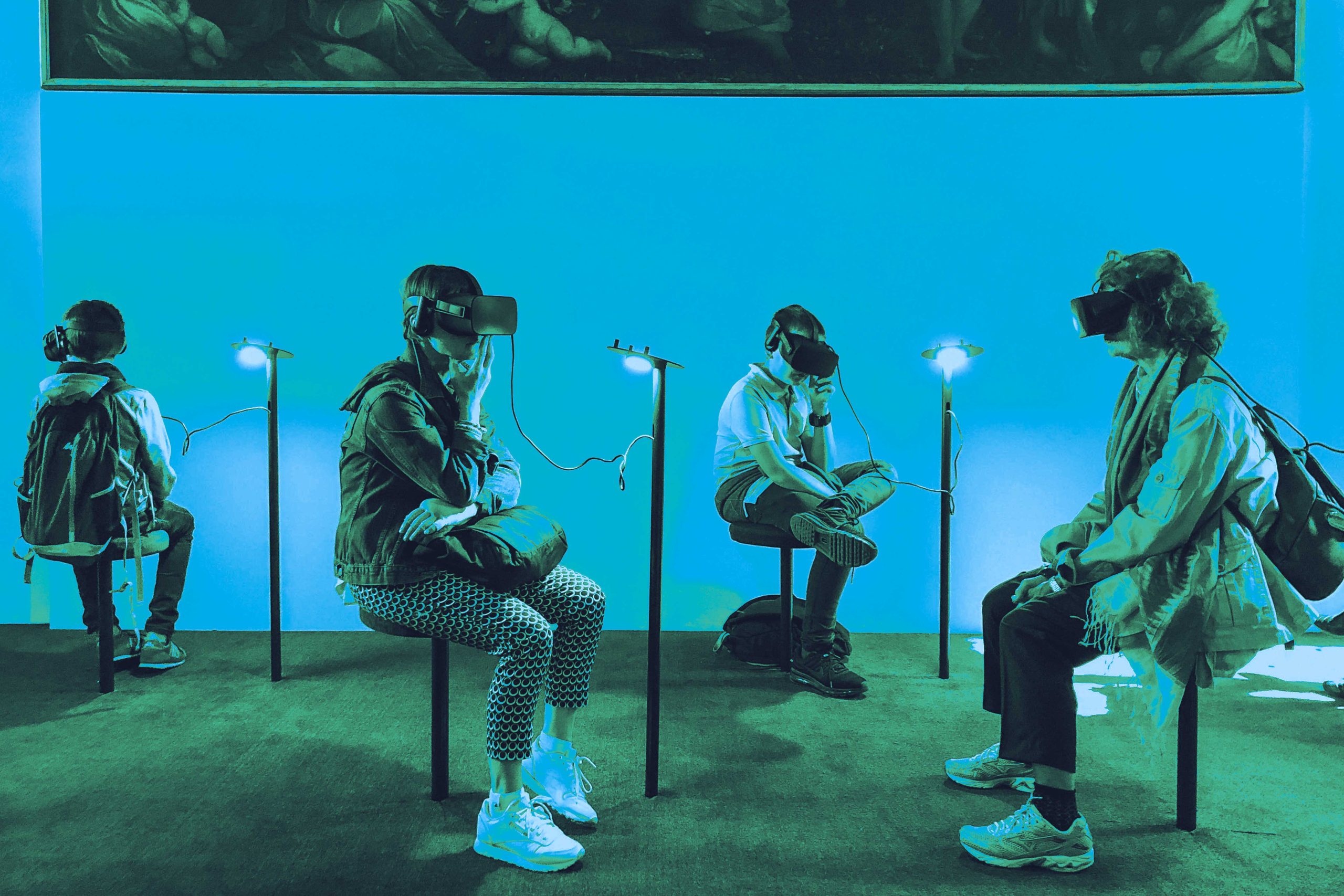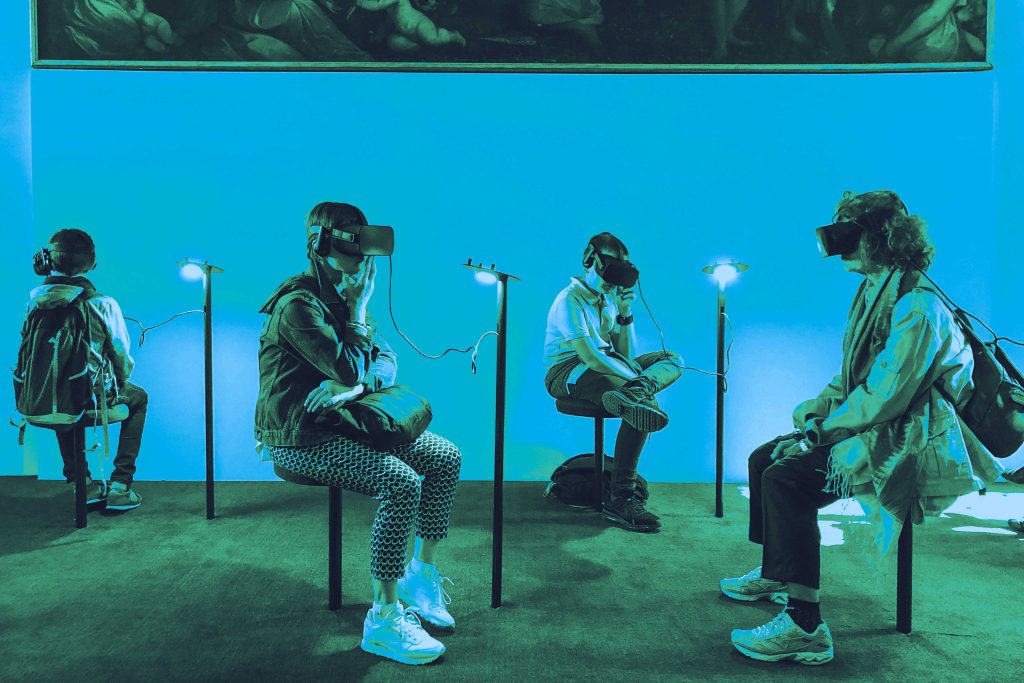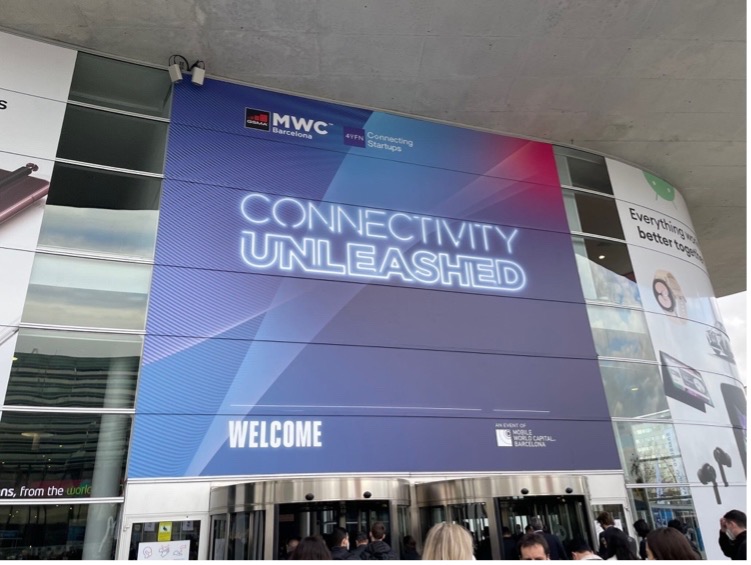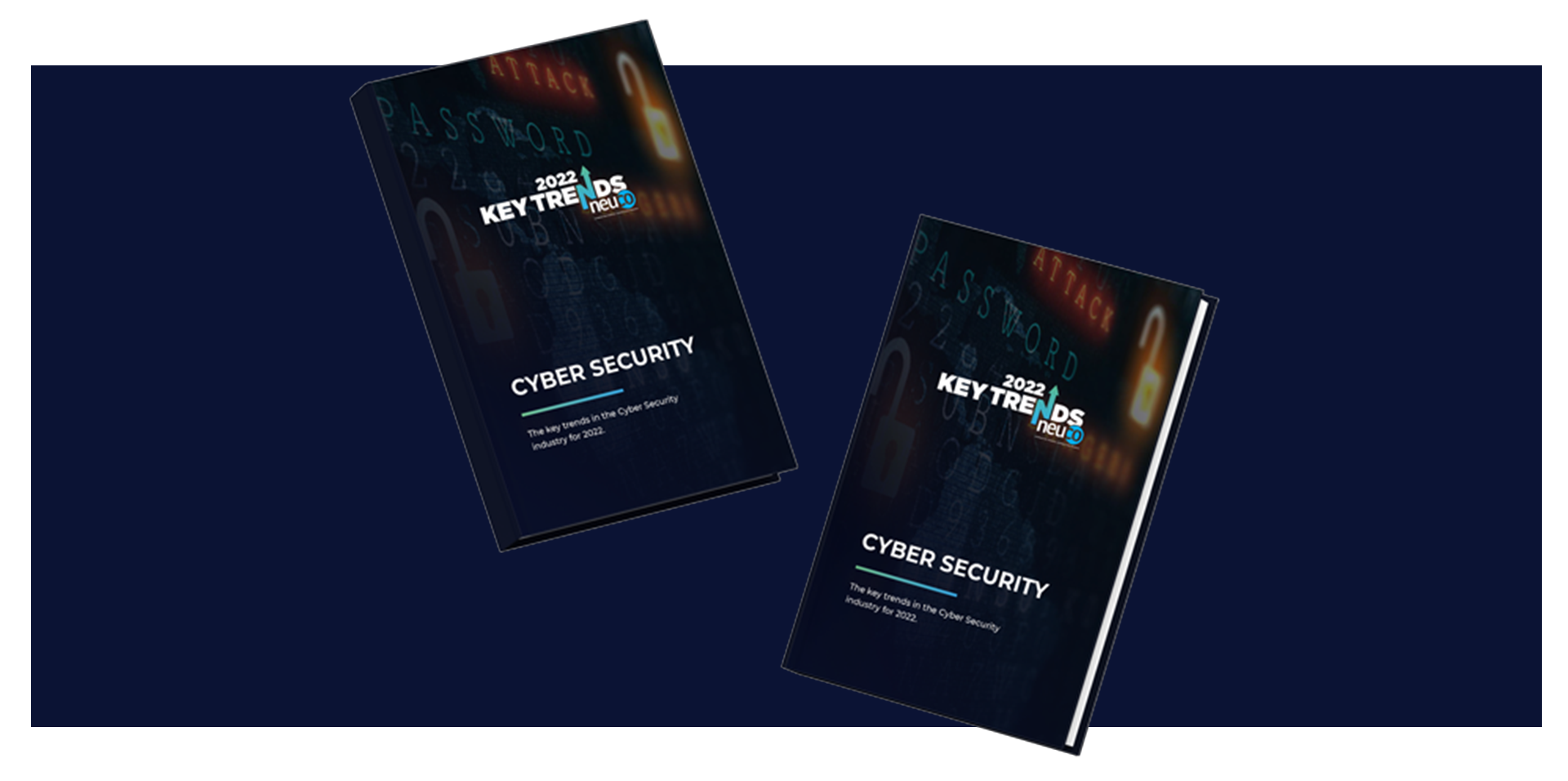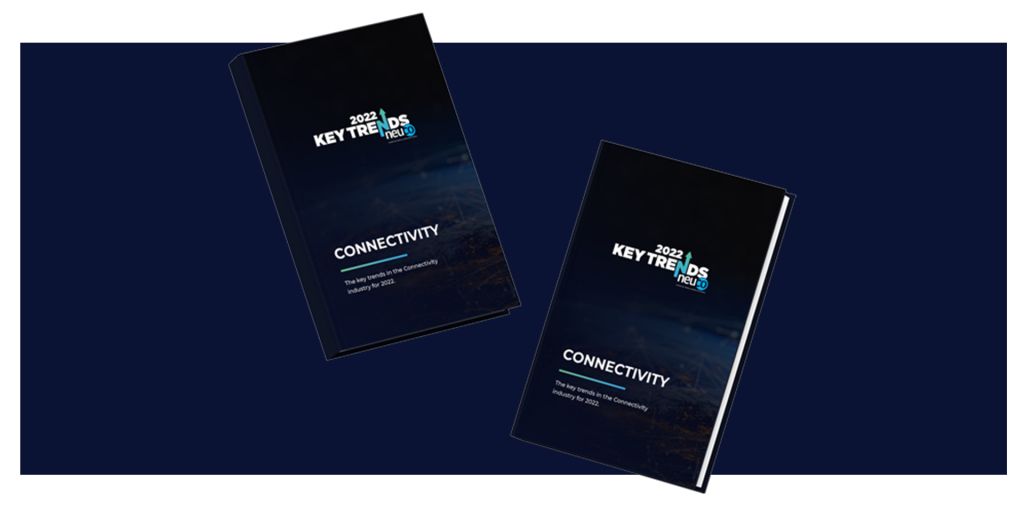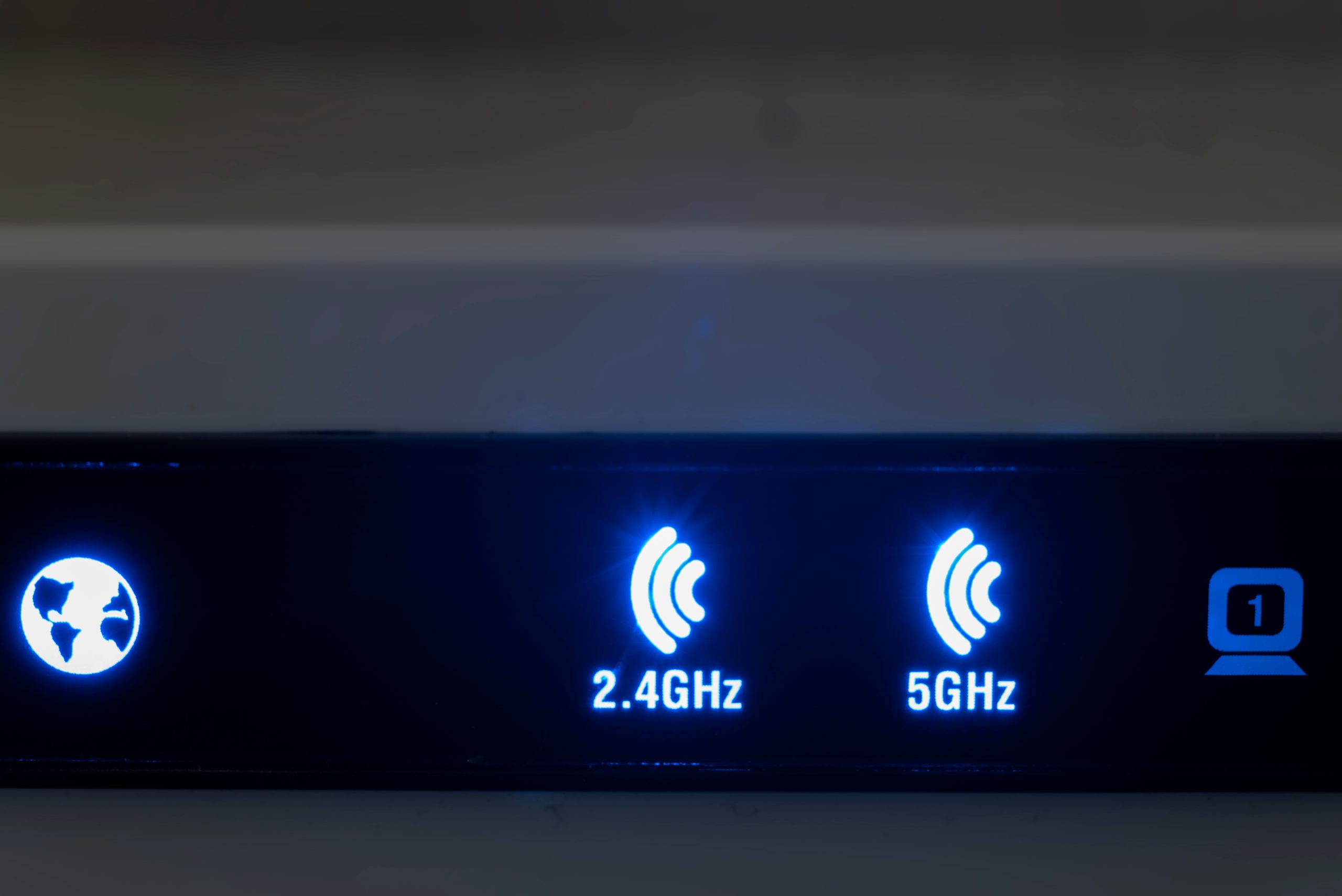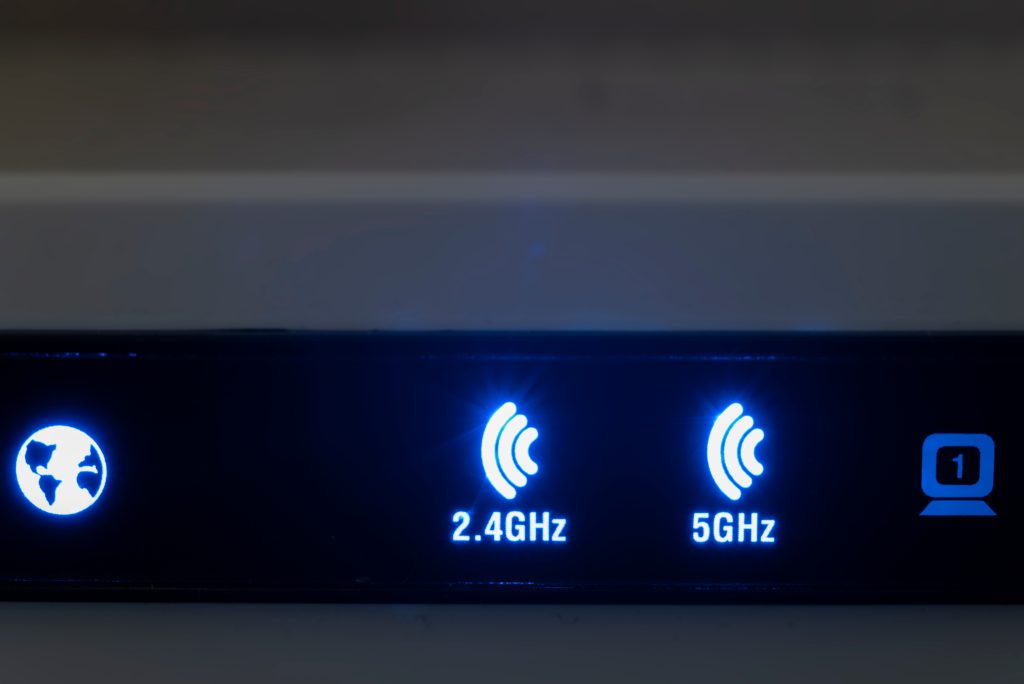On Episode 4 of The Connectivity Matters Podcast we spoke with Erik Carlson, the SVP of sales for Maritime, Energy and Government at Anuvu. With over 20 years of executive leadership experience, growing and driving revenue across the likes of Panasonic Avionics, ConvergeOne and Hitachi, Erik deeply understands the industry and has plenty of enthusiasm for revenue generation.
We spoke about his experience across a variety of industries and how important it is to focus on the customer at all levels of the business.
What advantages do you have coming from a different industry into connectivity?
The pace at which I work and we run our teams is much higher than a lot of the people who’ve come out of the satellite community. A lot of them have old government roots, which means they tend to move a little slower. My background is much more Silicon Valley. Think about it in context. How are they operating? How are they thinking? How are they iterating on technology? That’s my world. There’s a professional ruthlessness that needs to be respected, and I try to operate in a very similar fashion. The fact that I came from different industries gives me different perspectives on learning customer markets incredibly quickly. While everything I do is about global connectivity below the clouds, we also have an aviation and aviation entertainment business. Below the clouds, those are all different customers, who have different end user requirements. My advantage is my ability to learn that voice of the customer, and to really care about that customer, that’s allowed for the speed at which these successes have been happening for us.

How have you gone about learning the voice of the customer?
I always work from the customer backwards, I do everything in reverse. Look to identify how something is getting to the customer. It’s not the guy who buys connectivity, it’s who his customers are. We need to map not just where our clients are operating, but also what their itineraries and routes are, and who else is in the area. If you look at oil leases, they are basically divided up plots of land out in the ocean, and you can see other rigs from yours. Similarly, each satellite is able to pump down a certain amount of capacity on Earth in a single place. Starlink is doing some brilliant things to amplify that, but if there’s only one legal provider on the planet, and everyone wants that service, you’re going to have a pinch point there. It’s great for me to talk about my customers, but if I’m not taking care of their entire ecosystem, I’m not a partner. There’s a lot of dynamics there, which are going to come into play. If you start with your customer, you’ll have a guiding light upon which to lead the business.
How do you find working for a business with a track record and visibility in one vertical, and how does that impact the verticals that you’re in charge of?
The biggest thing I look at is the leadership team. It’s all about understanding the leadership team’s exit strategy timeline and their worldview. Anuvu brought me on their mission, and their passion was to commit to this business, and that’s what I was looking for. The other thing happening there is that results drive decisions. What we’ve seen is that the business below the clouds is growing phenomenally, and there is an incredible harmony of above the clouds and below the clouds connectivity. Everyone looks at their customers uniquely, but there’s so much in common there and the leadership team here at Anuvu has been really clear about how we think about ourselves.
Externally and historically, Anuvu has always been seen as ABA question, but what we are seeing is a lot of those customers who tried greener pastures elsewhere are realising that it wasn’t actually greener and they’re coming back to us. Another advantage in my role is that we are seeing customers that have explored other venues and had 2, 3 or 4 years and aren’t seeing the results, customer service or the care that they wanted. The Anuvu rebranding has been really important to help continue and maintain that below the cloud business.
To hear more about the work that Erik and Anuvu are doing in the Connectivity industry, listen to the whole episode of The Connectivity Matters Podcast.
We sit down regularly with some of the biggest names in our industry, we dedicate our podcast to the stories of leaders in the technologies industries that bring us closer together. Follow the link here to see some of our latest episodes and don’t forget to subscribe.



